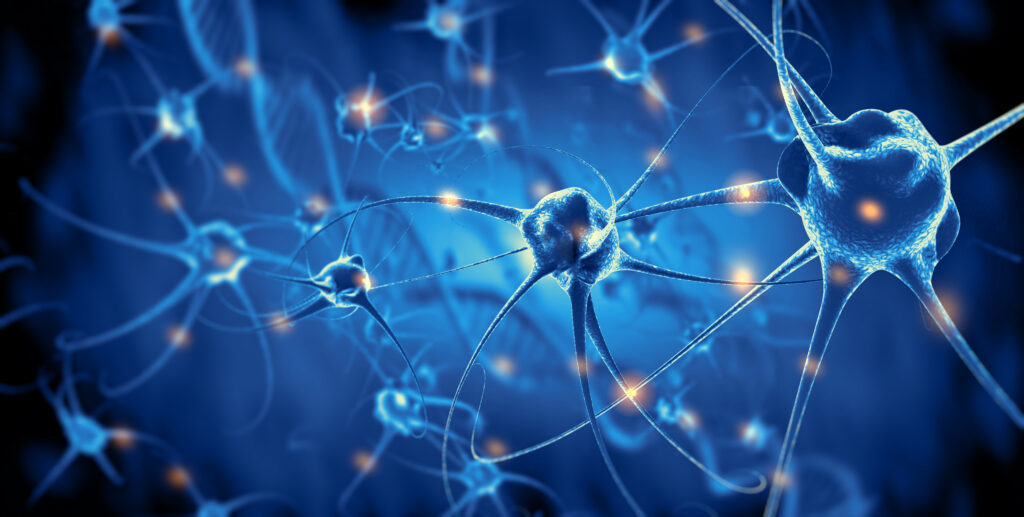Scientists Say That the Brain Senses Emotions in Others Without You Even Knowing It
Last updated on
You’ve probably felt it before. You step into a room, and before a single word is spoken, something shifts inside you. A smile seems forced. A conversation pauses just a fraction too long. Without knowing why, your chest tightens or your stomach dips. Logic can’t explain it, but you know something is off. Neuroscientists say this isn’t just intuition or a “sixth sense.” It’s your brain performing a quiet, behind-the-scenes analysis, decoding microexpressions, tone changes, and subtle shifts in posture faster than you can consciously register them. And here’s the surprising part: even when your conscious guess about someone’s mood is wrong, your brain often still detects the truth. In fact, brain-imaging studies reveal that two emotional “stories” unfold in your mind at the same time one aligned with what the other person is truly feeling, the other shaped by your own interpretation. Sometimes they match. Sometimes they collide. And in that gap lies the difference between genuine understanding and missed connection.Inside the Brain’s Emotional Radar
Beneath the surface of every interaction, your brain is running a silent scan sifting through facial twitches, the tremor in a voice, the rhythm of a pause. This isn’t guesswork. It’s a finely tuned biological system, evolved over millions of years, that reads the “emotional weather” of those around you. Recent fMRI research has shown just how sophisticated this system is. When participants watched real people recount deeply emotional moments, stories of heartbreak, joy, or vulnerability, their brains lit up in two distinct ways. One pattern, called the intent signal, mirrored the speaker’s actual emotional state, based on how the speaker themselves rated their feelings. The other pattern, the inference signal, reflected what the listener thought the speaker was feeling.
Why We Sometimes Get It Wrong

Why We’re Wired This Way

Tuning Into the Quiet Signals

Stress, distraction, and multitasking weaken the signal. Regular mindfulness, short breaks away from screens, or even time spent in nature can help your brain recalibrate. The quieter your inner environment, the more clearly you can detect the emotional broadcasts around you. 5. Be Gentle With Uncertainty
You won’t always get it right, and that’s okay. Instead of declaring, “You’re upset,” try, “I might be wrong, but I sense something’s bothering you.” Offering space without pressure respects the other person’s autonomy while still showing care.
Empathy as Social Glue

Trust the Quiet Knowing
Beneath every conversation, beneath the polished words and practiced expressions, your brain is quietly listening for something deeper. It catches the pause before a reply, the shift in breathing, the tremor that slips through a steady voice. Often, it registers the truth before you can name it. This is not guesswork it’s the echo of an ancient survival skill, a system built to help us connect, protect, and cooperate. Today, its greatest power lies not in avoiding danger, but in closing the distance between people. When you slow down, clear the noise, and stay open to those subtle cues, you give empathy a chance to surface fully accurate, grounded, and alive. The moments you sense but cannot explain are not inconveniences to be brushed aside. They are invitations. To listen more closely. To respond with care. To honor the part of you that is always paying attention, even when your conscious mind is elsewhere. Because the quiet knowing in your brain is more than just biology, it’s a bridge. And every time you trust it, you take a step toward a world where people are seen not just for what they say, but for who they truly are.Some of the links I post on this site are affiliate links. If you go through them to make a purchase, I will earn a small commission (at no additional cost to you). However, note that I’m recommending these products because of their quality and that I have good experience using them, not because of the commission to be made.

































 JOIN OVER
JOIN OVER
Comments